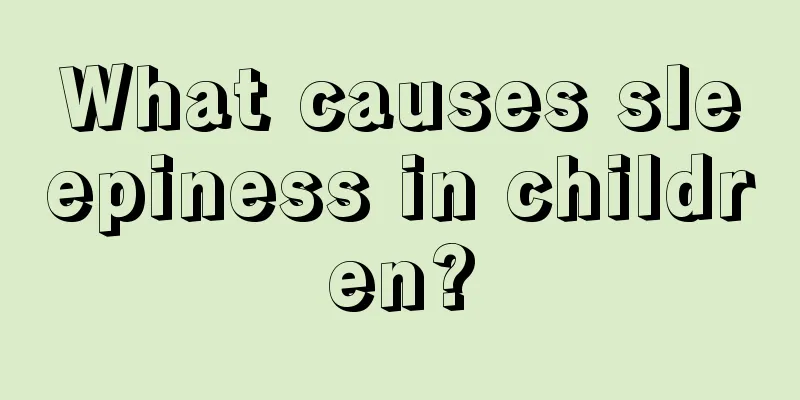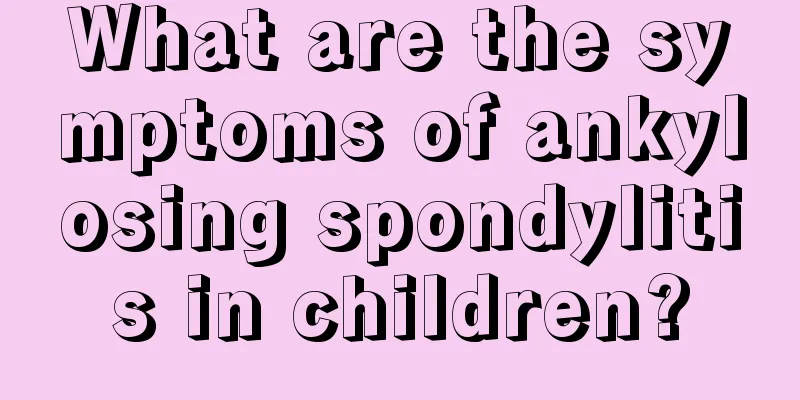There are white spots on the child

|
White spots on children's bodies are generally the most typical symptom of vitiligo. The incidence of vitiligo is relatively high, and once it occurs, it will have a great impact on people's skin, and of course it will also affect people's appearance to a certain extent, so patients need to actively condition and treat. Below, we will introduce in detail the clinical manifestations, complications and treatments of vitiligo. 1. Clinical manifestationsThere is no significant difference in gender, and the disease can occur in all age groups, but it is more common in adolescents. The skin lesions are depigmented spots, which are often milky white but can also be light pink, with a smooth surface and no rash. The boundaries of the white spots are clear, the pigmentation of the edges is increased compared to normal skin, and the hair inside the white spots is normal or whitened. The lesions often occur in areas exposed to sunlight and damaged by friction, and are often distributed symmetrically. White spots are often distributed according to nerve segments and arranged in bands. In addition to skin lesions, the mucous membranes of the lips, labia, glans penis and inner foreskin are also often affected. Most patients have no subjective symptoms, and a small number of patients experience local itching in the affected area before or during the onset of the disease. Vitiligo is often accompanied by other autoimmune diseases, such as diabetes, thyroid disease, adrenal insufficiency, scleroderma, atopic dermatitis, alopecia areata, etc. 2. Complications It is often complicated by diabetes, pernicious anemia, alopecia areata, atopic dermatitis, thyroid disease, primary adrenal insufficiency, scleroderma, malignant tumors, etc. In terms of clinical manifestations, vitiligo can be complicated or secondary to multiple diseases. There have been many reports of vitiligo cases combined with some autoimmune and endocrine diseases in clinical practice. Such as: combined with hyperthyroidism or hypothyroidism, diabetes, chronic adrenocortical insufficiency and chronic active hepatitis. In addition, there are reports that vitiligo is associated with pernicious anemia, halo nevus, alopecia universalis or alopecia areata, psoriasis, scleroderma, morphea, malignant tumors, drug eruptions, herpes zoster, bronchial asthma, atopic dermatitis, rheumatoid arthritis, myasthenia gravis, chronic subcutaneous candidiasis and eye diseases, as well as complications of dermatitis herpetiformis, acromegaly, parapsoriasis, chronic persistent erythema, porphyria cutanea tarda, lichen sclerosus and other diseases. There have also been recent reports of vitiligo occurring in HIV-infected people and people with myelodysplastic syndrome.
1. Medication (1) Oral administration of psoralen and its derivatives such as methoxsalen followed by exposure to ultraviolet light. (2) Long-term use of large doses of vitamins such as B vitamins, vitamin C, and vitamin P. (3) Treatment can include taking copper-containing drugs, such as 0.5% copper sulfate solution orally. (4) Oral immunomodulatory agent levamisole, intramuscular injection of freeze-dried BCG, oral administration of bovine placenta, etc. (5) Topical application of skin irritants It causes inflammatory reaction in the skin and promotes pigmentation. Commonly used ones include 30% psoralea corylifolia tincture, nitrogen mustard alcohol, phenol (pure carbolic acid), 25%-50% trichloroacetic acid, blister beetle tincture, etc. This method is only suitable for small skin lesions, and blisters may appear on the lesions after application. (6) Corticosteroids: Various corticosteroids such as beclomethasone dipropionate ointment, halometasone cream, triamcinolone urea ointment, etc. are used for local packing treatment.
Patients with stable skin lesions and no progression can undergo autologous epidermal transplantation. 3. Depigmentation therapy It is suitable for those with large skin lesions that exceed more than half of the body surface area. 3% to 20% hydroquinone monobenzyl ether cream can be applied externally. 4. Physical therapy Treatment is with narrow-wave ultraviolet light, long-wave ultraviolet light or 308nm excimer laser. |
<<: What are the white spots on the child?
>>: What causes bad breath in children?
Recommend
How to make fruit porridge for baby food
Fruit porridge is a kind of porridge with fruit a...
Child's snot with blood
It is common to have a runny nose when you have a...
Why do children sweat so much?
If a child likes to sweat, parents will definitel...
Why does my child urinate less?
Urinating is a very important thing for the human...
ADHD symptoms
There are many types of diseases. In the process ...
Can babies eat blueberries?
Many people like to eat blueberries. The nutritio...
Can a two-year-old child brush his teeth?
Everyone knows the importance of teeth. If teeth ...
What are the causes of big rashes in children?
There are many types of skin diseases. Children&#...
Children's upper respiratory tract infection cough
If you go to a children's hospital in winter ...
How to relieve a child's fever of 43 degrees
Children are different from adults. Their physica...
The child has a nosebleed while sleeping at night
There are always some unexpected things that happ...
What should I do if my child has delayed brain development?
If a child's brain development is slow, the c...
Although rocking cars are fun, there are three major sins that babies should stay away from
Many parents have reported that their children ar...
Can cord blood storage really leave hope for the child's life?
Due to the popularity of "Young Doctors"...
What to do if a newborn has red pimples on his face
Newborn baby has red pimples on face. This is a s...









